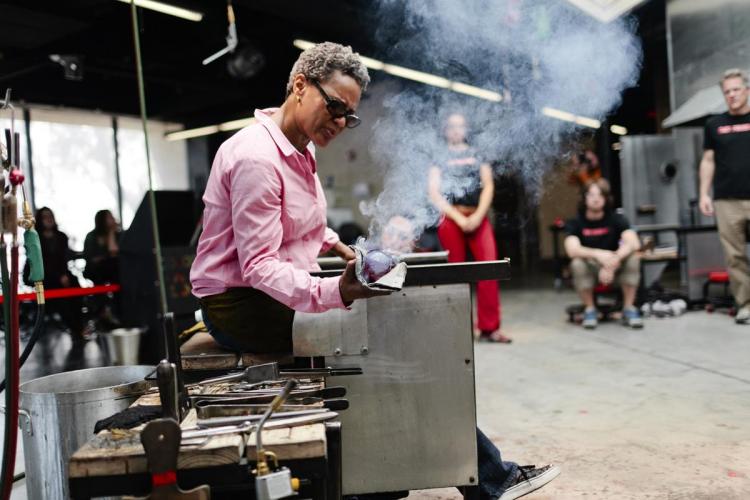
Debra Moore shaping blown glass, Chrysler Museum of Art Perry Glass studio, Norfolk, VA 2012 Visiting Artist Series. Photo by Echard Wheeler.
By Diana Turnbow, administrative assistant for the Smithsonian American Women's History Initiative
Women have discovered, documented, and conserved orchids throughout history. This year, 15 of these notable women are featured in the annual orchid exhibitions, a collaboration between Smithsonian Gardens and the U.S. Botanic Garden.
"The amazing orchid collections of Smithsonian Gardens and the U.S. Botanic Garden are critically important in supporting biodiversity in the face of a changing climate," stated Joy Columbus director of Smithsonian Gardens. "This is such a special exhibition because it amplifies the artistic and scientific contributions of women to the world of orchids."
The exhibition features several hundred varieties of orchids alongside the stories of women who worked with them. Here are four women whose contributions stand out in the science and art of orchids.
1.Illustrator and Activist Blanche Ames
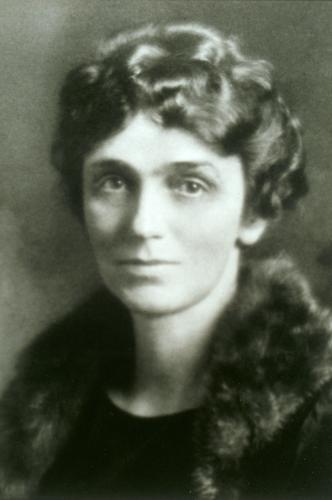
Portrait of Blanche Ames. Schlesinger Library, Radcliffe Institute, Harvard University.
Blanche Ames was one of the foremost botanical illustrators of her time. Ames earned a degree in art history and studio art from Smith College in 1899. A year later she married orchid expert Oakes Ames and began to illustrate his publications. For the next 50 years, Ames documented orchids through her detailed pen–and–ink drawings. The couple's work was published in a seven-volume series that botanists and horticulturists still consult today. Ames also painted portraits and drew political cartoons. She combined art and activism as the art editor for Woman's Journal and served as treasurer for the Massachusetts Woman Suffrage League. Ames founded the Birth Control League of Massachusetts and created pamphlets to instruct women on birth control methods. Active throughout her long life, Ames earned a patent for an anti-pollution toilet just two years before her death at age 92.
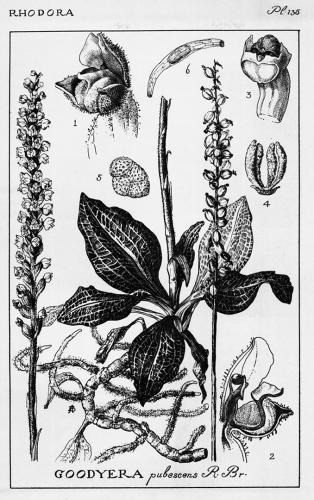
Goodyera pubescens by Blanche Ames. Rhodora, 1922, plate 135.
2. Illustrator Regina Olson Hughes
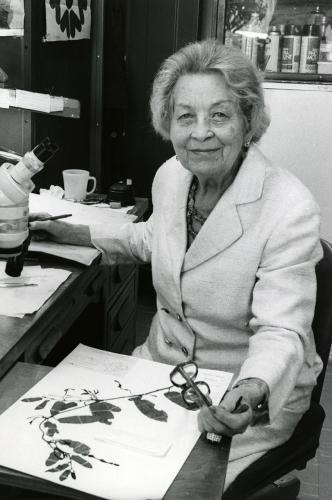
Regina Olson Hughes. Courtesy Gallaudet Archives
Regina Olson Hughes graduated from Gallaudet University for the deaf in Washington D.C. In 1930, Hughes began working as a research clerk for the U.S. Department of Agriculture (USDA). She was later promoted to a botanical illustrator. Thousands of her drawings and plant descriptions appeared in USDA publications during the almost 40 years she worked for the department. After retiring in 1969, Hughes volunteered as a botanical illustrator at the Smithsonian's National Museum of Natural History. She was known for pausing to admire and draw the orchids at the museum's visitor information desk. In 1982, the museum hosted an exhibition of 40 of Hughes's watercolor illustrations. Hughes said, "I don't believe in retirement. I hope to die with a brush in my hand."
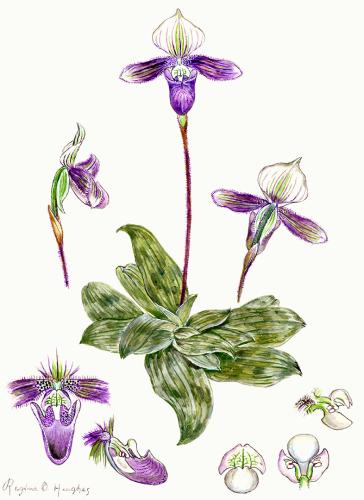
Paphiopedilum purpuratum by Regina Hughes. Courtesy U.S. National Herbarium, Department of Botany, National Museum of Natural History, Smithsonian Institution.
3. Scientist Melissa McCormick
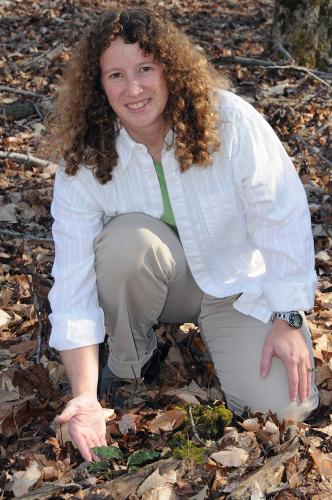
Smithsonian scientist Melissa McCormick in the field. Courtesy Yini Ma, Smithsonian-CIC Fellow.
For over 20 years, Smithsonian scientist Melissa McCormick has studied the native orchids of North America. Her work helps us better understand the crucial relationship between orchids and the soil fungi that support their growth and propagation. As a founding member of the North America Orchid Conservation Center, McCormick has led a groundbreaking effort to connect botanic gardens, land managers, and researchers to conserve the 220 native orchid species. Many native orchid species are vulnerable to invasive species and climate change. Combining field work with DNA-based techniques, McCormick has proven the effects of land use, drought, and non-native earthworms on mycorrhizal fungi. She also identifies critical points in the orchid life cycle to increase protection.
4. Artist Debra Moore

Debra Moore shaping blown glass, Chrysler Museum of Art Perry Glass studio, Norfolk, VA 2012 Visiting Artist Series. Photo by Echard Wheeler.
Debra Moore is an innovative glass artist who delights in the colors and curving shapes of orchids. She creates hanging and freestanding sculptures that demonstrate the astounding variety of orchids. Moore has travelled to India, the Caribbean, and Southeast Asia to observe and study orchids in their natural habitat. She records her impressions in watercolors rather than photographs. Back in her workshop, Moore uses the orchids to inspire her glasswork. She celebrates the power and mystery of the natural world by allowing her imagination to influence the molten glass. Her work was recently highlighted at the Smithsonian American Art Museum in "Forces of Nature: Renwick Invitational 2020."
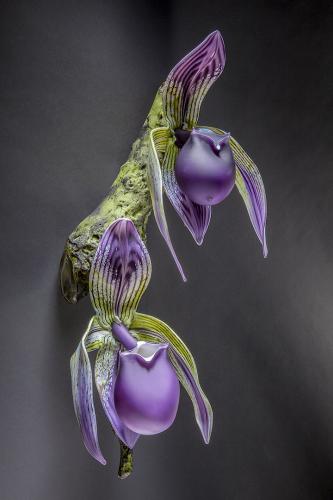
"Purple Lady Slipper" by Debora Moore. Courtesy Lynn Thompson.
Learn more about outstanding women who have shaped orchid history and see hundreds of orchids in Orchids: Hidden Stories of Groundbreaking Women online or in person at the Kogod Courtyard of the Smithsonian American Art Museum and National Portrait Gallery.
Related Posts
Diana Turnbow provides administrative support and works on special projects for the American Women's History Initiative. She is invested in finding and sharing the histories of American women artists and makers.